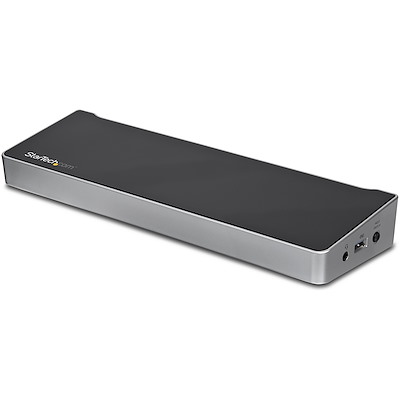

Who wants to carry a tank dsrl on the shoulder? Nobody. Videos are awesome, photos great, autofocus just ridiculously fast.
Dmg auto gallery review professional#
This is a fantastic camera and if you're not a professional maybe one of the best. Two cameras not included here, for reasons of space are Nikon's D5500, which offers similar specifications again but with much greater battery life (820 shots) an a 0.52x optical viewfinder, and Samsung's NX500, which offers no viewfinder but can shoot 4K video from a small crop of its sensor and is said to offer around 400 shots per charge. Interestingly, the sole DSLR we've included here also has a similar battery life, which is unusual, and a significantly smaller viewfinder, which is the cost that is usually paid for choosing an optical viewfinder (especially at this price piont).

The majority of these cameras have APS-C sensors, which are around 60% larger than the one in the Panasonic or Olympus, would you'd expect to give them around a 2/3EV noise advantage but also allows the Panasonic and its lenses to be significantly smaller, for the same equivalent focal lengths. Those cameras that don't have built-in image stabilization tend to be sold with image stabilized lenses so that, as a package, they offer similar capabilities. They all offer Wi-Fi, builit-in viewfinders and movable rear screens. One thing that should be apparent from this table that, with the exception of the occasional distinguishing feature, the specifications are all pretty similar. It's also one of the smallest of these cameras - especially if you consider the size of lenses that you might attach. The Panasonic isn't, perhaps, the prettiest option in this company, but is the best specified if video and stills are taken into account.

This means it represents something of a bargain for users who want this additional control but risks intimidating the first-time ILC shooter. The design of the G7 suggests Panasonic is hoping to attract would-be DSLR buyers, but the level of direct control also makes it competitive with the likes of Sony's a6000 (which also offers a built-in viewfinder and reasonable degree of direct control), Olympus's E-M10 or Fujifilm's X-T10. Wi-Fi for remote shooting and image transfer.This means that you still shoot to 'get the moment' but you're much more likely to be successful.
Dmg auto gallery review plus#
The G7 also tries to turn its video capability into a plus for people with no intention of shooting video: the latest iteration of Panasonic's '4K Photo' mode includes the option to constantly record 1 sec chunks of video that are written to the memory card the moment you hit the shutter button. 16MP isn't exactly cutting-edge at this point but 4K (UHD) video remains something of a rarity (at the time of writing), especially if you factor-in the fact that the G7 also offers focus peaking and zebra highlight warnings - two of the key tools necessary for shooting useable video that are often absent from its peers. The specifications are pretty solid, too. However, because it is a mirrorless camera, it is able to make good use of its fully articulated, touch-sensitive screen. In fact it includes all the control points you'd expect from a mid-range DSLR, including twin control dials as well as plenty of buttons and switches. Instead it's trying to be a non-specific interchangeable lens camera: a camera where you don't have to think about whether it has a mirror or not.Īs a result it looks like a miniature DSLR and includes all the control points you'd expect. Yet, despite this, the last thing it's trying to be is a mirrorless camera. The Panasonic G7 is a direct descendant of the first ever mirrorless camera.


 0 kommentar(er)
0 kommentar(er)
